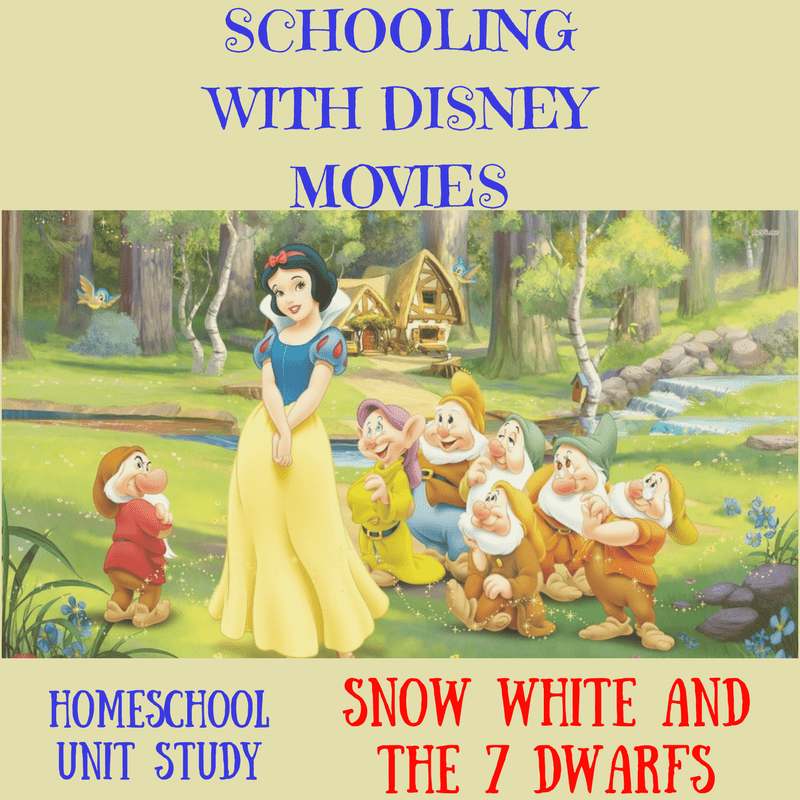Different Methods of Homeschooling: Which is Best?
Traditional textbooks versus videos for math? Charlotte Mason versus unschooling? I read, get asked and hear people talk about different methods of homeschool and which way is best. When I get asked this question, my answer is always based off of my 26 years of homeschooling. Furthermore, I have homeschooled 3 children all the way through and am still homeschooling my last 2 children. No two families are alike, and no two children are alike.
Everyone learns differently. First, I will explain the different methods, and then later we will look at your child’s learning styles. However, if you are just getting started, you may want to read Questions to Ask Before Homeschooling.
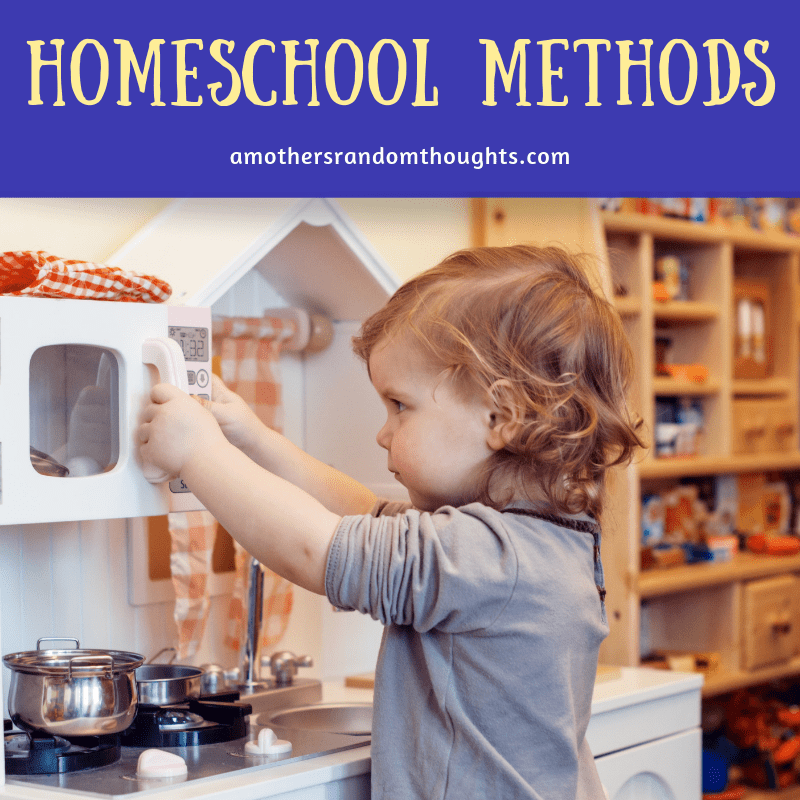
LEARNING STYLES:
Although how each family homeschools can be quite unique, and the needs are all going to be different. However, there are certain homeschooling styles and ways to do things that have become more popular over the years. A lot of families that homeschool aren’t going to follow one style or another and will use a mixture of homeschooling styles; it is all about what fits best for your family and for the needs of your children. So if you are thinking about homeschooling, or you have just begun to homeschool, it may take some time to get your routine in place. Many families report that they begin starting out much more structure and then eventually work out how to best teach their children.
Some children will simply do what they are told to do. Whereas other children will learn best on their own. Sitting at a desk or attending something like a STEM class will work for some. However, for others, being out in nature can help to cement learning. But at the end of the day, the goal for homeschooling parents is to spot and decide how, and when, and what your child learns best. So here are some approaches and styles, to help you decide which to go for or to try out.
If you would like to figure out your individual child’s learning styles, I recommend the following books:
Educating the WholeHearted Child by Clay and Sally Clarkson
Homeschooling Methods: Seasoned Advice on Learning Styles by Paul Suarez
The Way They Learn by Cynthia Ulrich Tobias
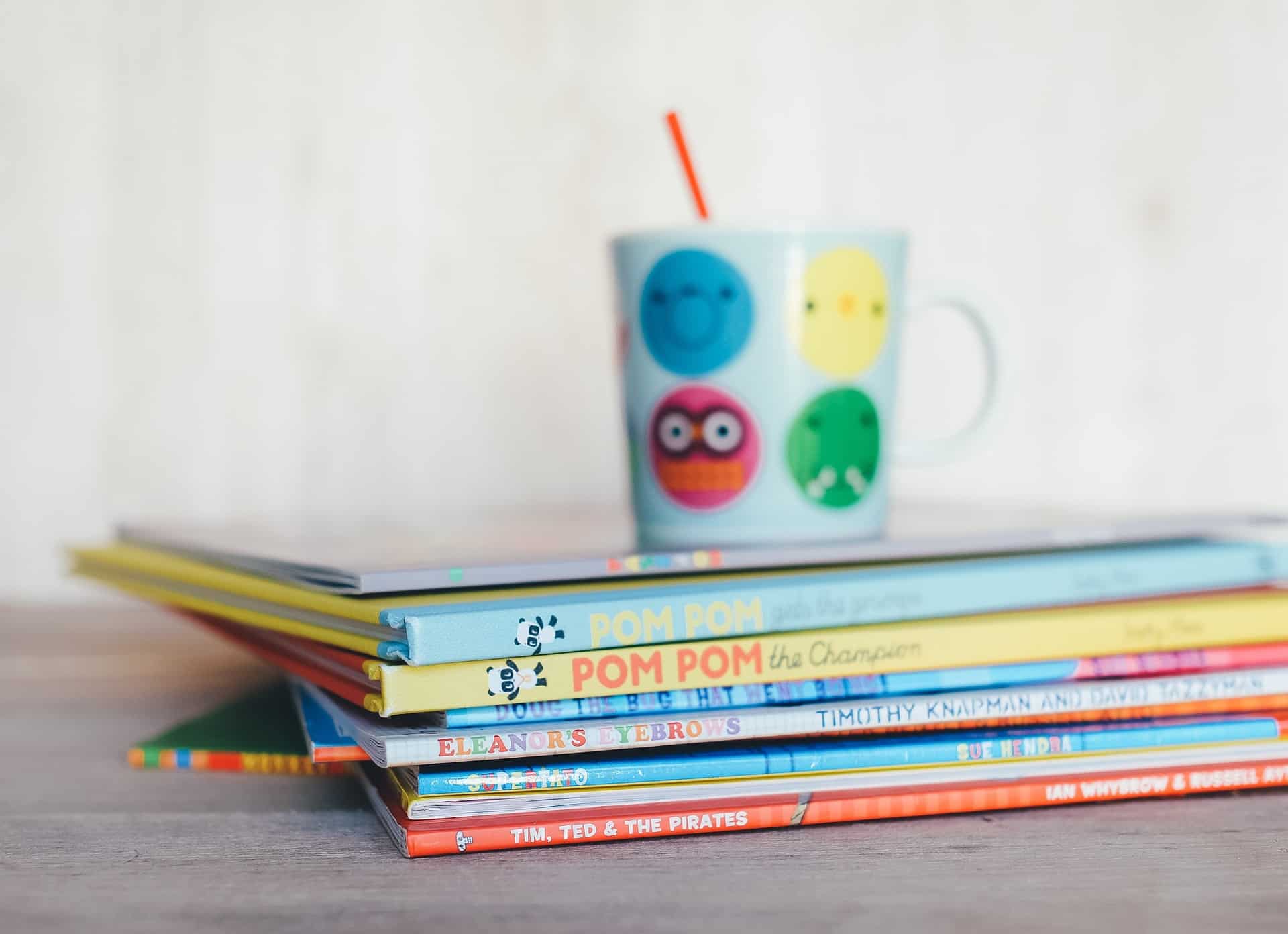
The Traditional Approach to Learning: School-At-Home
Some parents prefer to have structure and feel that the way they learned in school is the best way to teach their children. So the traditional approach to learning will use textbooks such as Abeka or Bob Jones for Christian families, or MacMillian or Pearson for a more secular approach. These books come with a traditional textbook, a teacher’s manual that will give you a script to teach your child, and plenty of worksheets to keep your child busy. This approach is designed to have plenty of work to do for the more advanced student while the teacher can work in small groups with the student that needs a little more help.
The school-at-home is often what you might imagine when you think of homeschooling, as it is shown by the media, and is a more traditional method. But it can be the most expensive way to homeschool and can be the method that leads to the most burnout. Most families who follow this approach are likely to buy all the curriculum books from one publisher and study schedules, as well as materials for record-keeping.
The good thing about this is that you all know what is happening when and there can be comfort in this, especially with children who need routine. The disadvantage is that requires more work for your children and can be boring!
This is the method that I started with 26 years ago. I realized after about 3 weeks that this method would not work for us, but thought I would finish out the year. At Thanksgiving, I threw in the towel and started to “Modify the School-At-Home Method.”

Modifying the School-At-Home Method
Some parents use these traditional textbooks, but modify the method of homeschooling to include more hands-on work. They may be afraid to try something different than what they know, so they buy all the traditional materials. One way to modify the homeschool day is to look at what is assigned in the textbook and find “real books” to read instead. That way you ensure that you cover all the information in the textbook, but in a way that engages your child.
I used this method for 1 1/2 years. It required a lot of work on my part, but modifying the traditional textbook approach worked for a while. With one or two children, this method seems doable. I really do not know how people with 3 or more children maintain multiple workbooks and textbooks in different age levels.
The Charlotte Mason Style
Charlotte Mason was a 19th-century homeschooling pioneer. This method that bears her name utilizes short periods of study for younger children, and gradually increases the time as the child grows. In between these learning periods, children take nature walks, keep journals of what they have found in nature, and observe the world around them. Biographies, classic books, and “living books” (stories that make the lesson come alive) are utilized in this teaching style. There is no teacher that is lecturing them, but rather a gentle mama who takes the children into her lap and loves on them while they learn at their pace.
Children need to be given time to play because there is much learning in play. Furthermore, creating, dancing, and real-life learning situations are the best teachers. This method can be very cost-effective, and it is traditionally done from a Christian perspective. However, there are other approaches that utilize this method without the Christian bent, such as Waldorf. In the early years of Charlotte Mason and Waldorf, there appear to be great similarities. However, as the child ages, the differences become more prominent. Waldorf relies much more on the exploration of art and nature than Charlotte Mason.
I used the Charlotte Mason method throughout the years. In year 3, I began using Sonlight Curriculum which worked (with modification) with my oldest son. My second son did okay with it, but there were even greater modifications I needed to make. With each child, I became convinced that no one method could work for two children, and often a blend of methods was necessary to teach my children.

Classical Method of Homeschooling
This method of homeschooling has existed for centuries. This method uses five tools of learning known as the Trivium and includes Grammar, Logic, and Rhetoric (the art of effective or persuasive speaking or writing). The younger children begin with learning Reading, Writing, and Arithmetic. They learn facts and data usually memorizing information without understanding the meaning behind it. Gradually children are taught how to use logic and thinking in middle school, and then rhetoric in high school.
The books that are used are “classics” such as Homer, The Iliad, and Beowulf. Furthermore, Latin is traditionally taught. Greek and Latin roots words are taught to help children understand language and word meanings.
When I realized my oldest son was requiring more than just what Sonlight offered, I began to adapt his curriculum to include a more classical approach. The blending of Sonlight with the classical approach prepared him for his current occupation as a lawyer.
The Relaxed Homeschooling Method
Relaxed or eclectic homeschooling is a method of learning and is used by a lot of homeschoolers. It is all about using a little bit of this and a little bit of that. You might choose to use some workbooks for things like reading, spelling, and math, but then take more of an unschooling approach for other subjects. If you use relaxed homeschooling, then it can be all about having some more formal mornings. Sitting down working through the core subjects, and then having afternoons for special projects, fields trips, music, or hobbies. With this kind of homeschooling, there are no specific set times for learning, but instead, you set goals, and as long as your children achieve them, it doesn’t matter when the learning occurs.
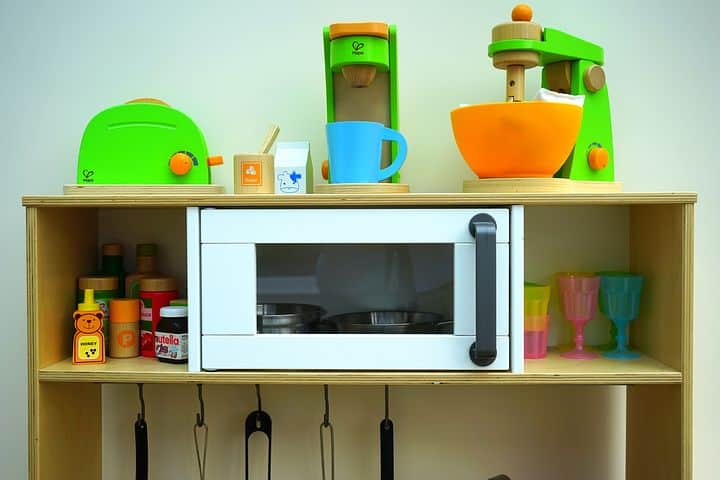
Montessori Method of Homeschooling
Maria Montessori (1870-1954) was an Italian physician and educator. She developed this method based on her work with special-needs children. It is a humanistic approach that uses movement, large unstructured blocks of time, multiple grades levels in each room, and individual learning plans. Teachers do not instruct but oversee. Learning includes stations such as a kitchen area, art stations, language arts area, reading area, etc. Some of the stations model rooms in a home. Children are free to move from station to station.
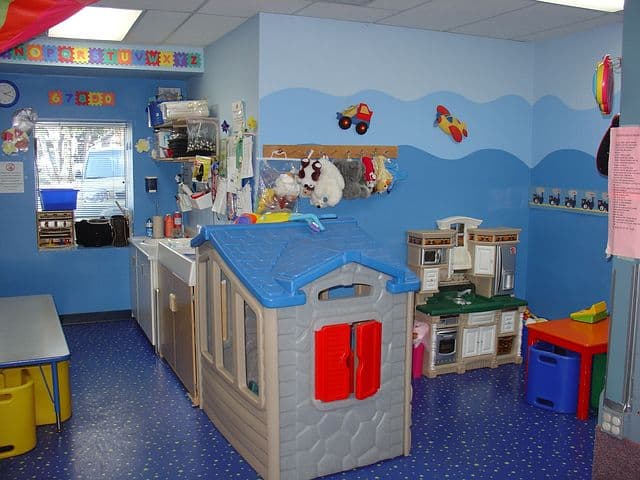
Unit Studies
This method of homeschooling is a study tied to a theme. For example, you might study horses, but you incorporate all the subjects under that unit. If you are studying horses, for history you might study the history of horses in America. For language arts, you might read Misty of Chincoteague. For math you might play a game such as Herd Your Horses (counting). And for science, you will learn parts of the horse. There are subsets of unit studies such as Gameschooling or schooling with movies.
GameSchooling
In game schooling, you use board games and/or active play to learn most subjects. This is a low-stress approach to schooling that enables a child to work on verbal skills, taking turns, sharing, listening, problem-solving, strategy, planning, following directions, and many more skills. Plus some of the games you will play, such as Life, can open up communication. Topics like family planning, career choices, and debt and money management can be discussed while playing Life.
Schooling with Movies
Schooling with movies uses movies to teach. This method of unit studies takes one movie, such as Beauty and the Beast, and teaches all the subjects surrounding the movie. An example of this would be where the movie is set – time period and location. Furthermore, it looks at French Cuisine and architecture. This allows a child who loves movies, but doesn’t like learning, to dissect and look at movies from a different perspective.

Unschooling
The unschooling homeschool style is something that can be known as child-led learning. Unschooling is all about learning from everyday life experiences, rather than formal school lessons. Instead, unschooling is all about children being able to follow their interests and learn, much like adults do when they want to pursue an interest.
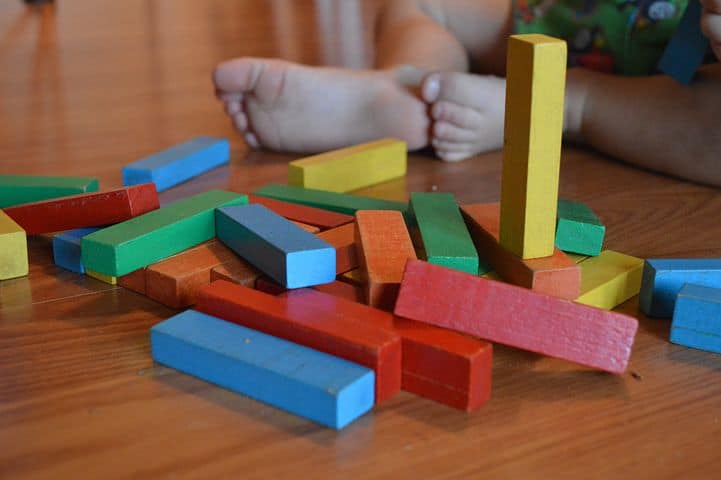
While there are pros and cons to each method, there is no one right way to homeschool. Most people find that there is a way that works for their family. If you are having trouble with the method that you have chosen, or feel like homeschooling isn’t working, it may be time to explore other options. Please feel free to drop me a message with any questions you might have.
What method of homeschooling are you currently using? Which method did you start with?

Reviewing movies for parents from a Christian perspective since 2005. Know Before You Go!
Christian Homeschooling mom – 30 years and counting
Autism Mom & Disney enthusiast


